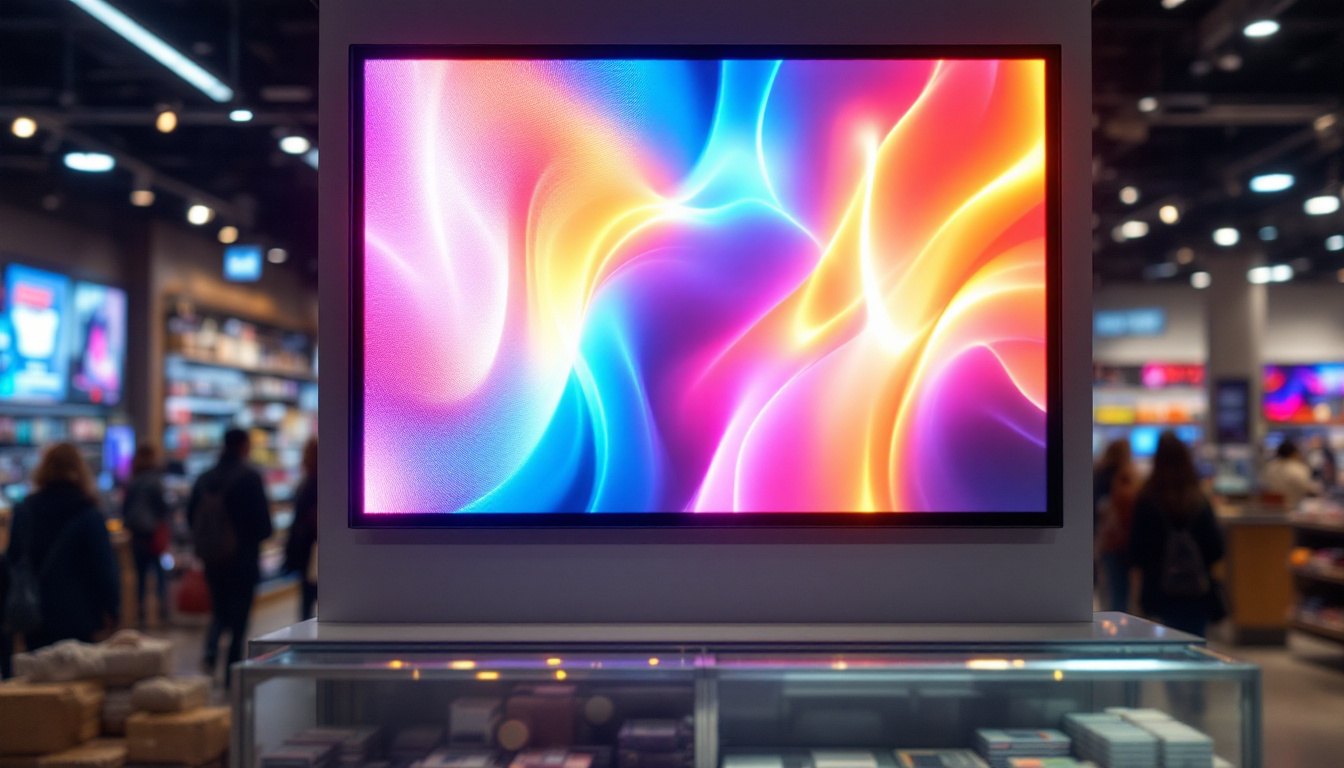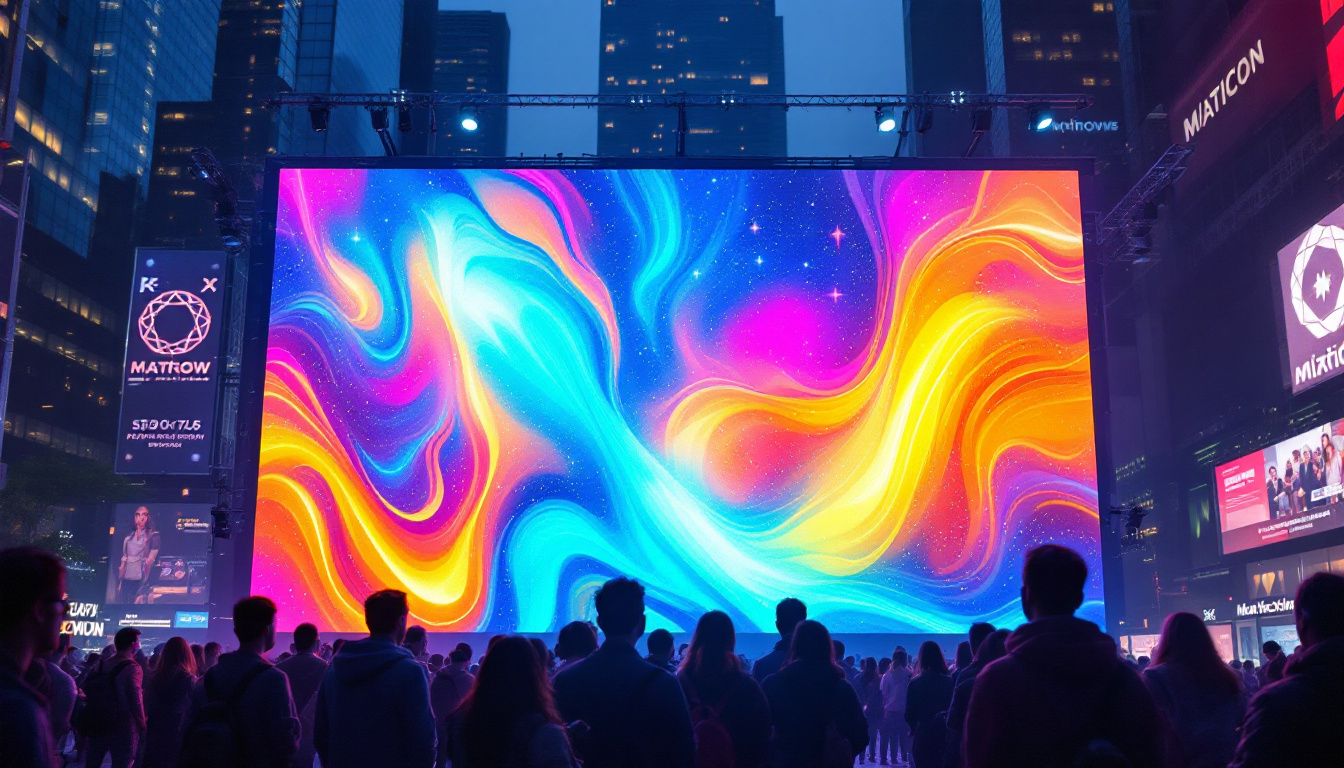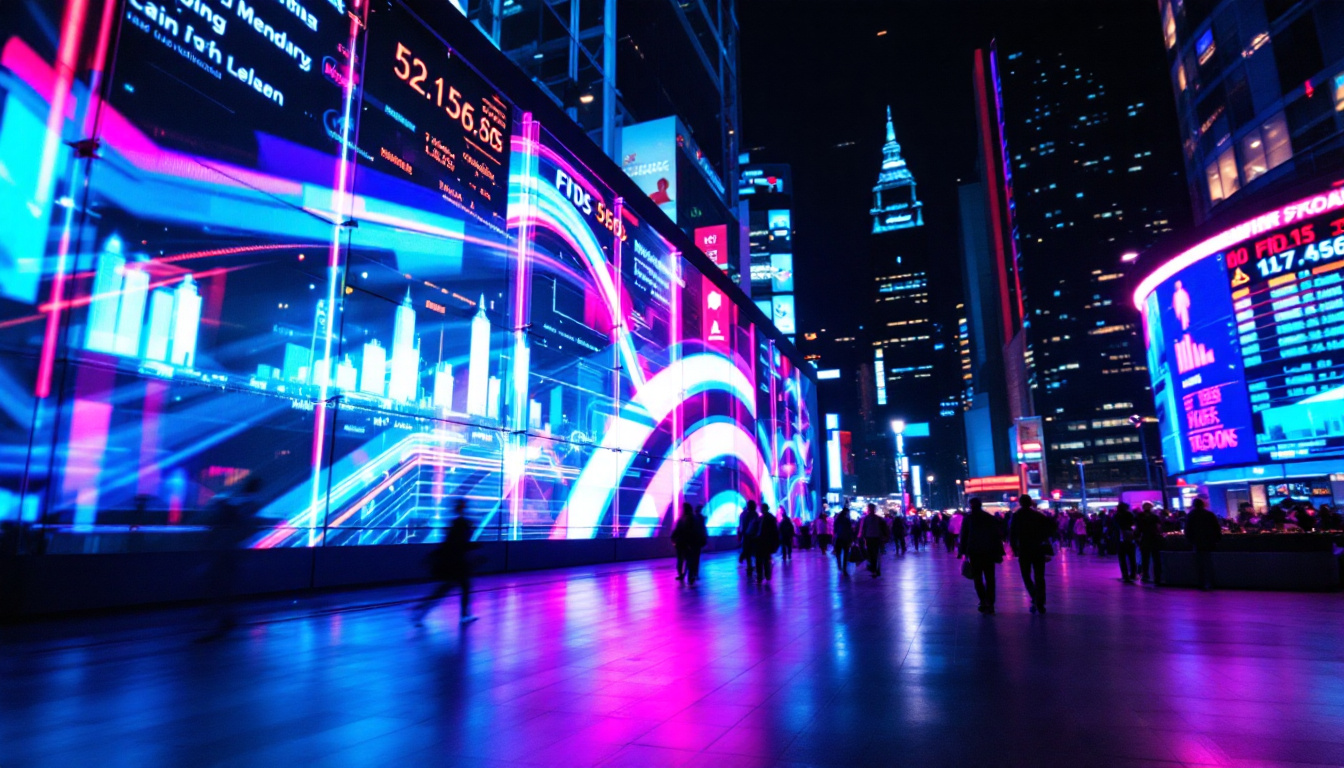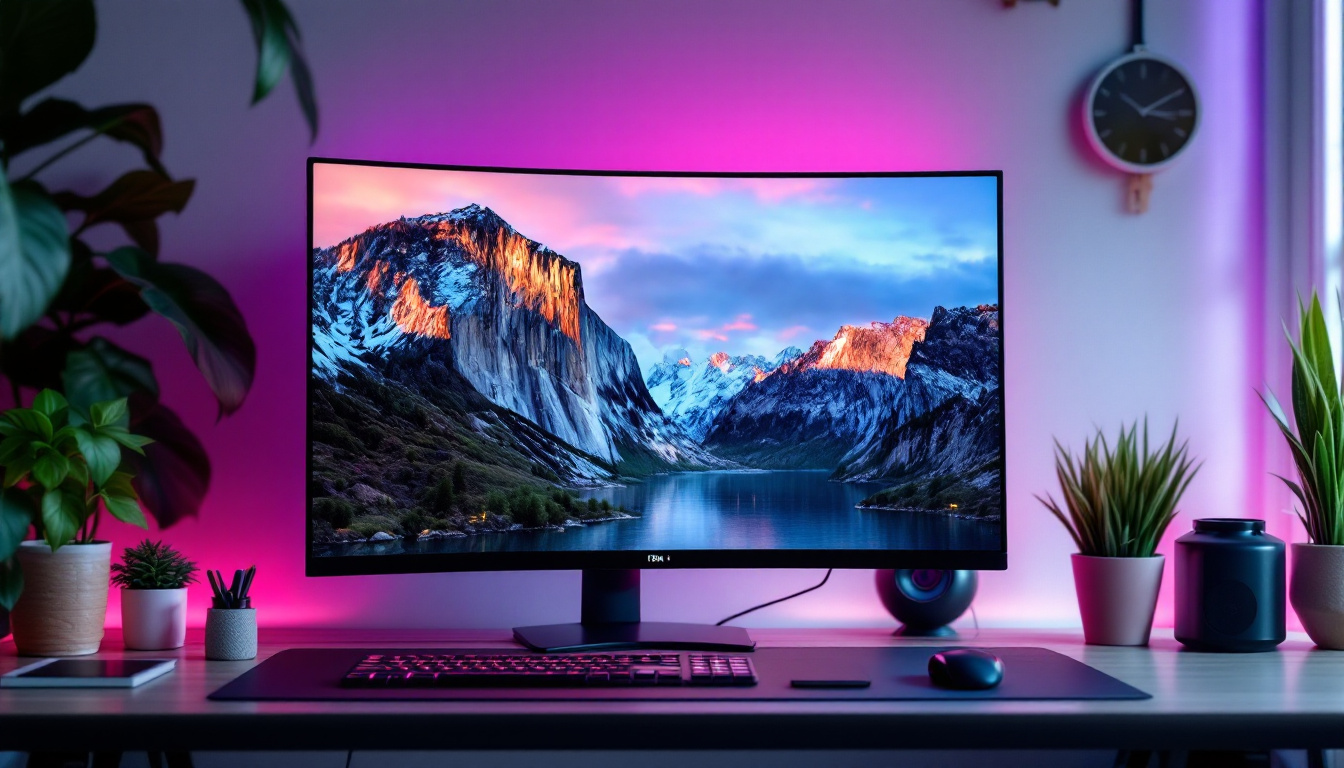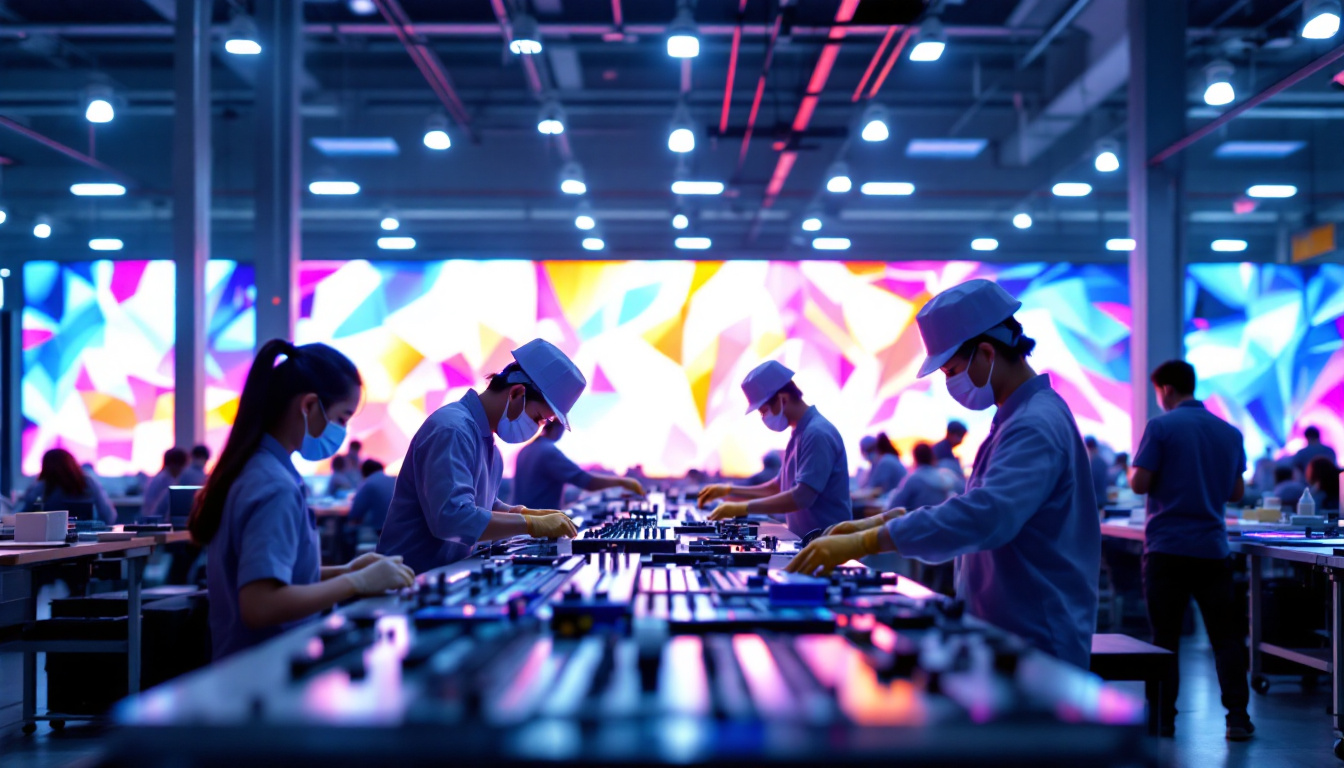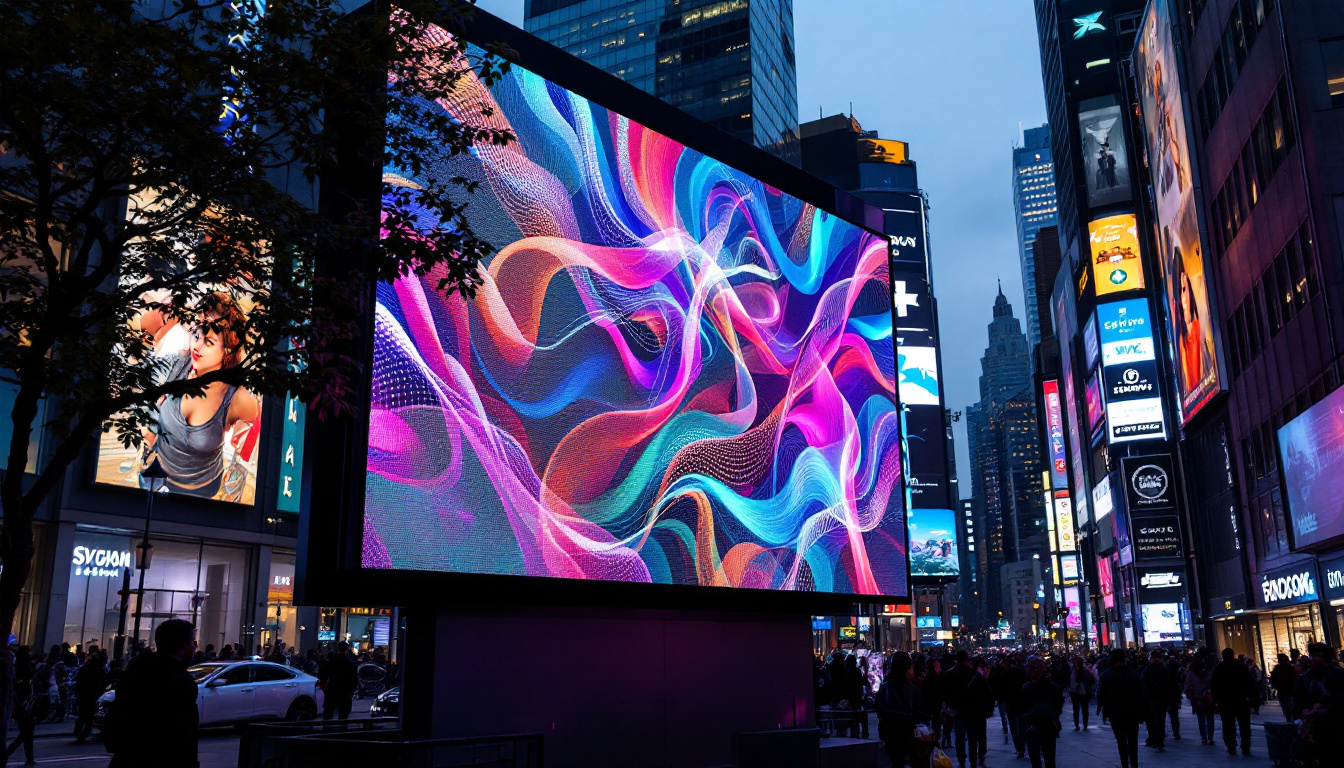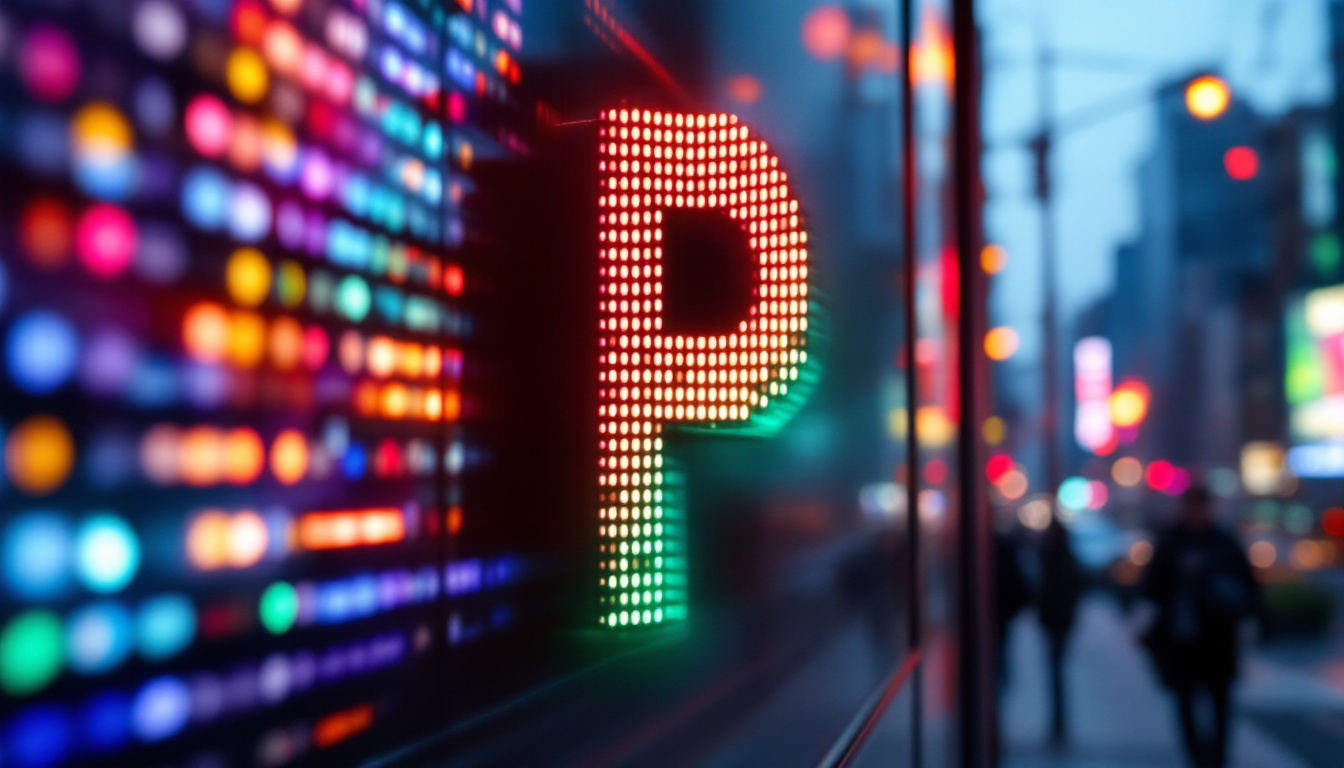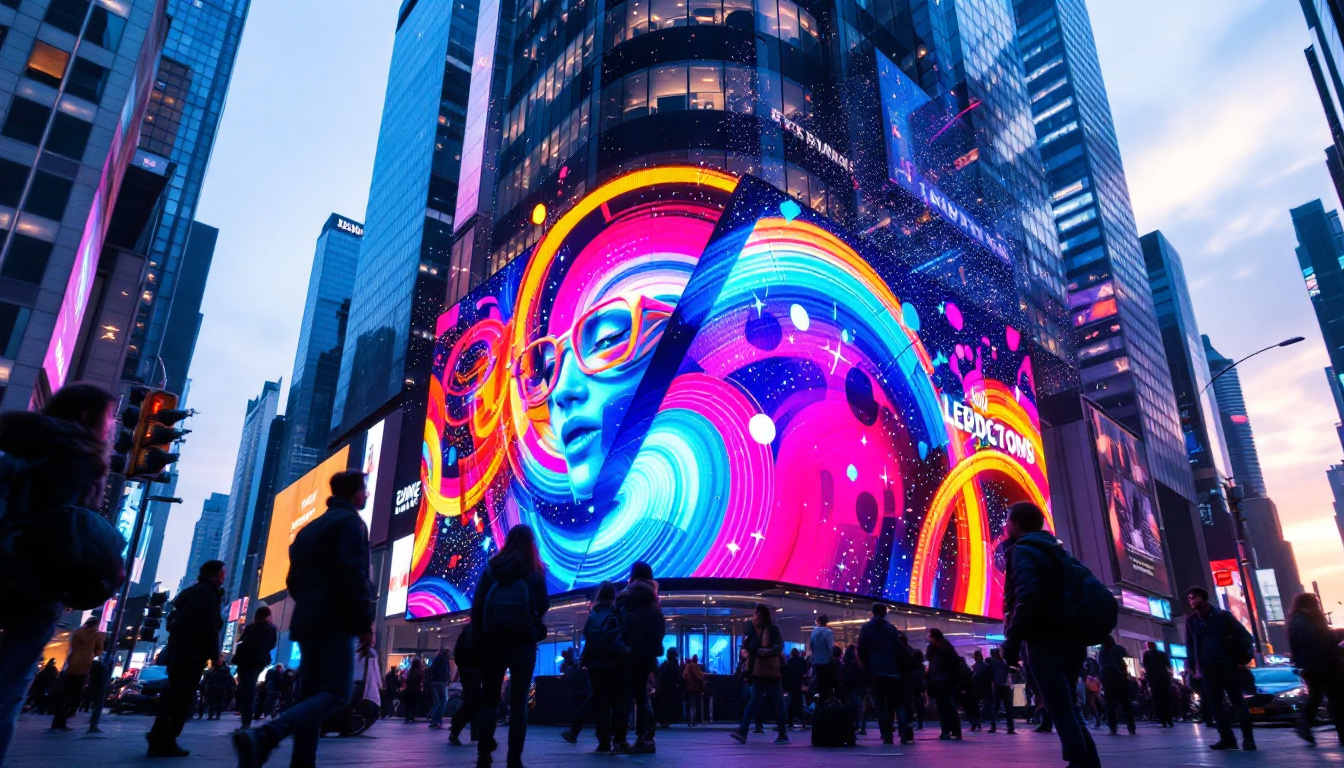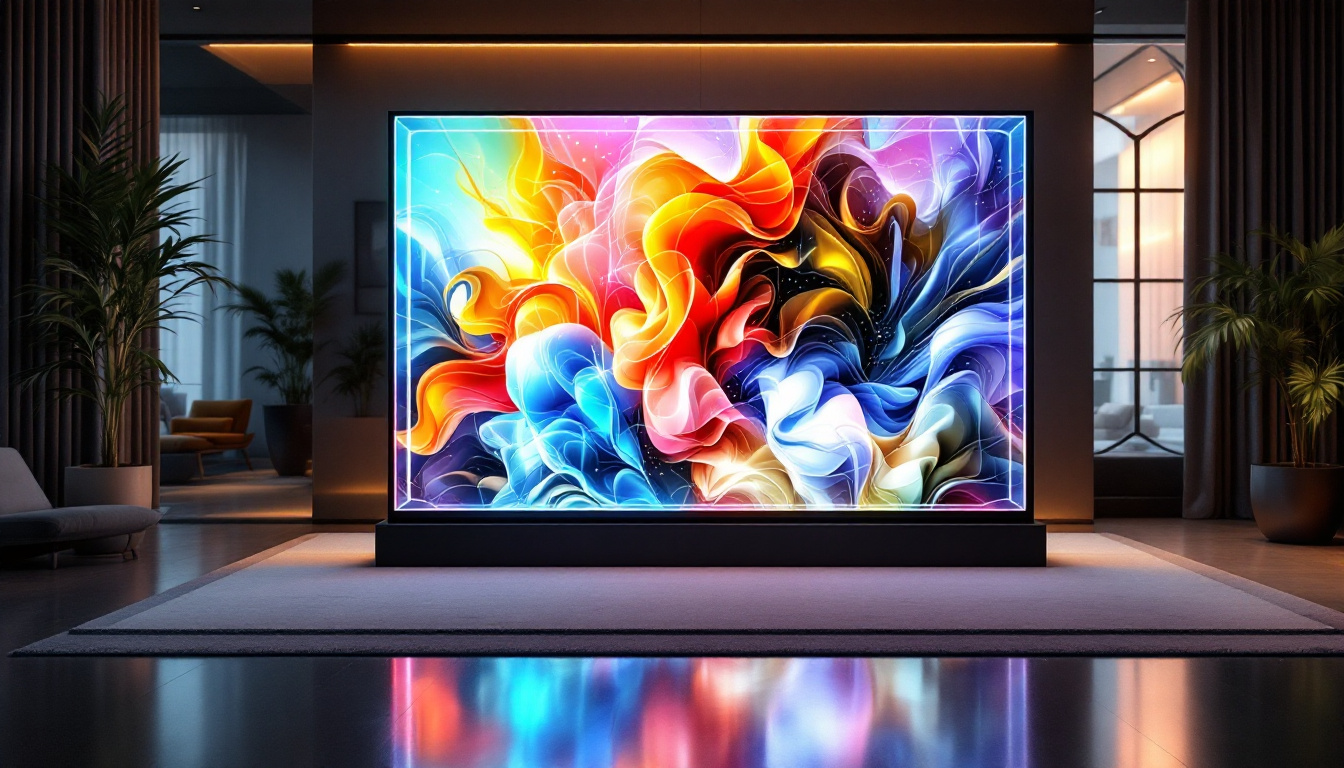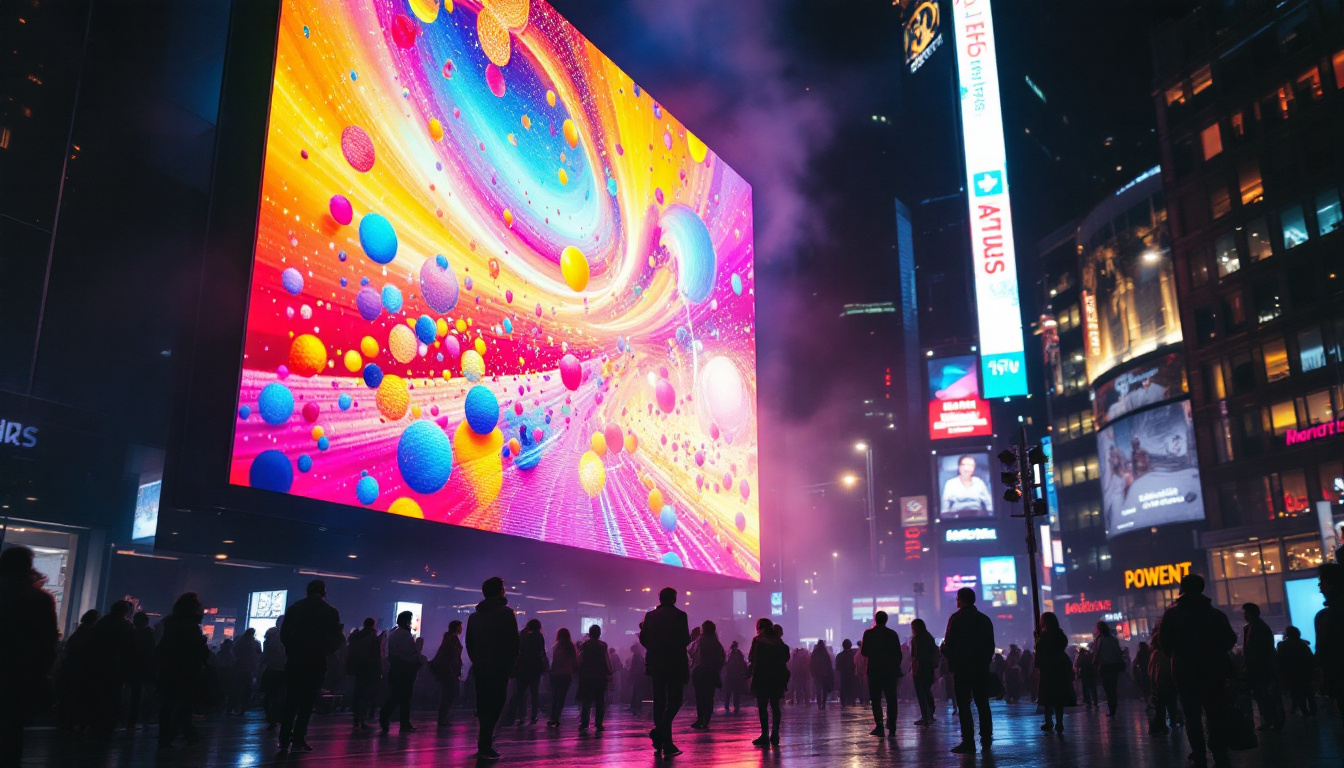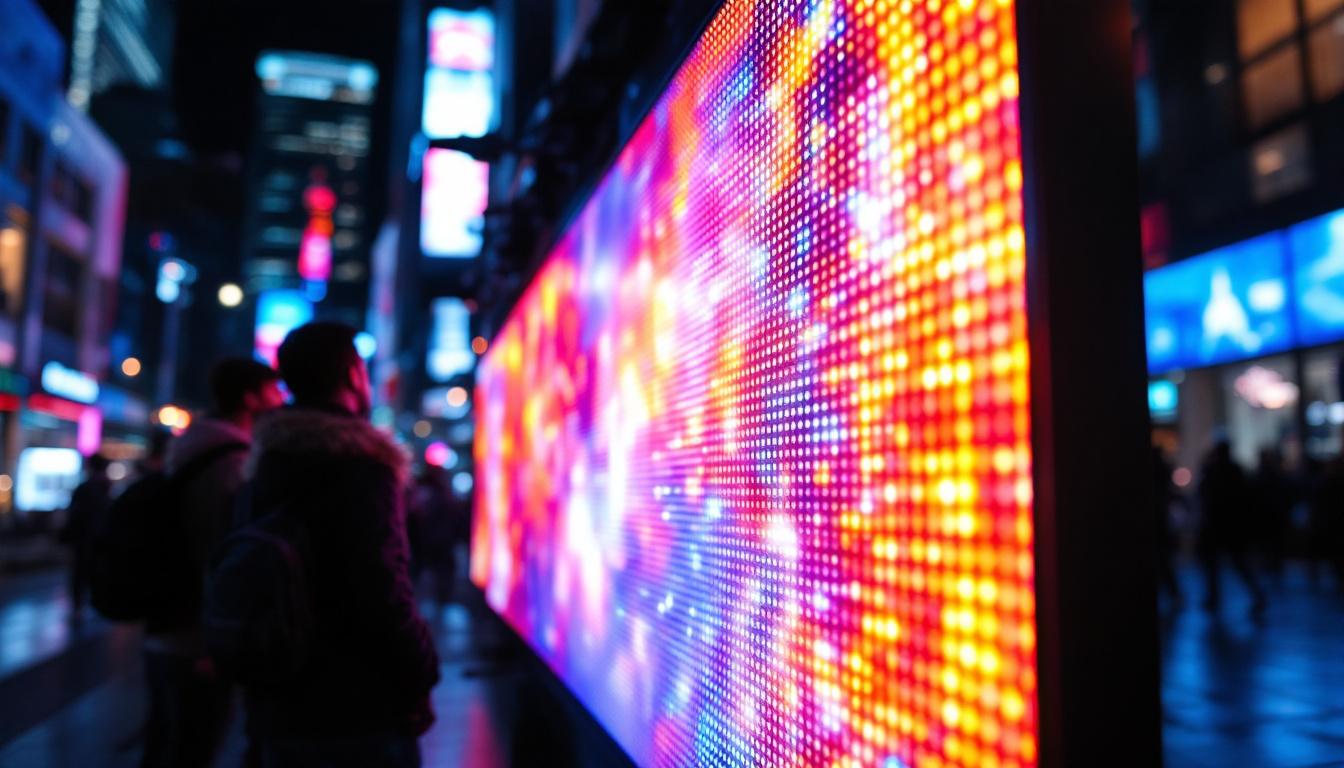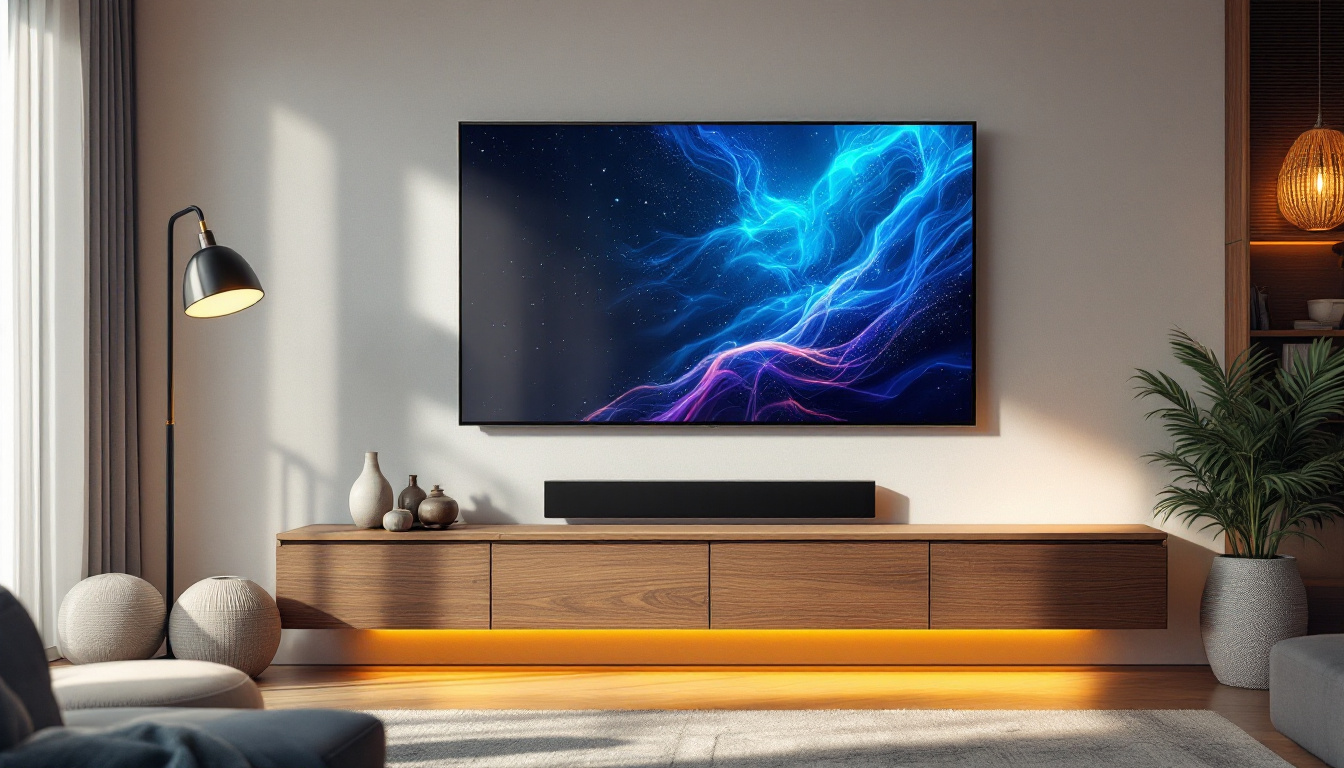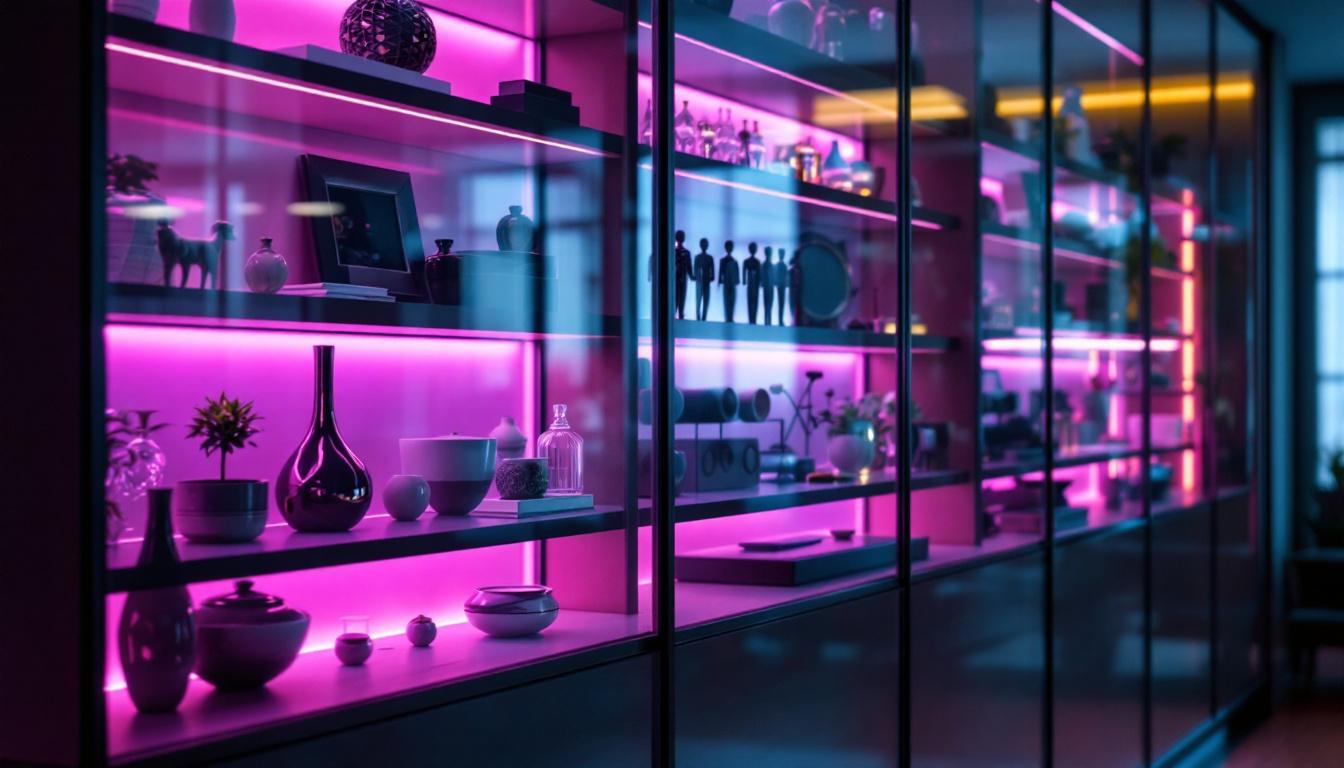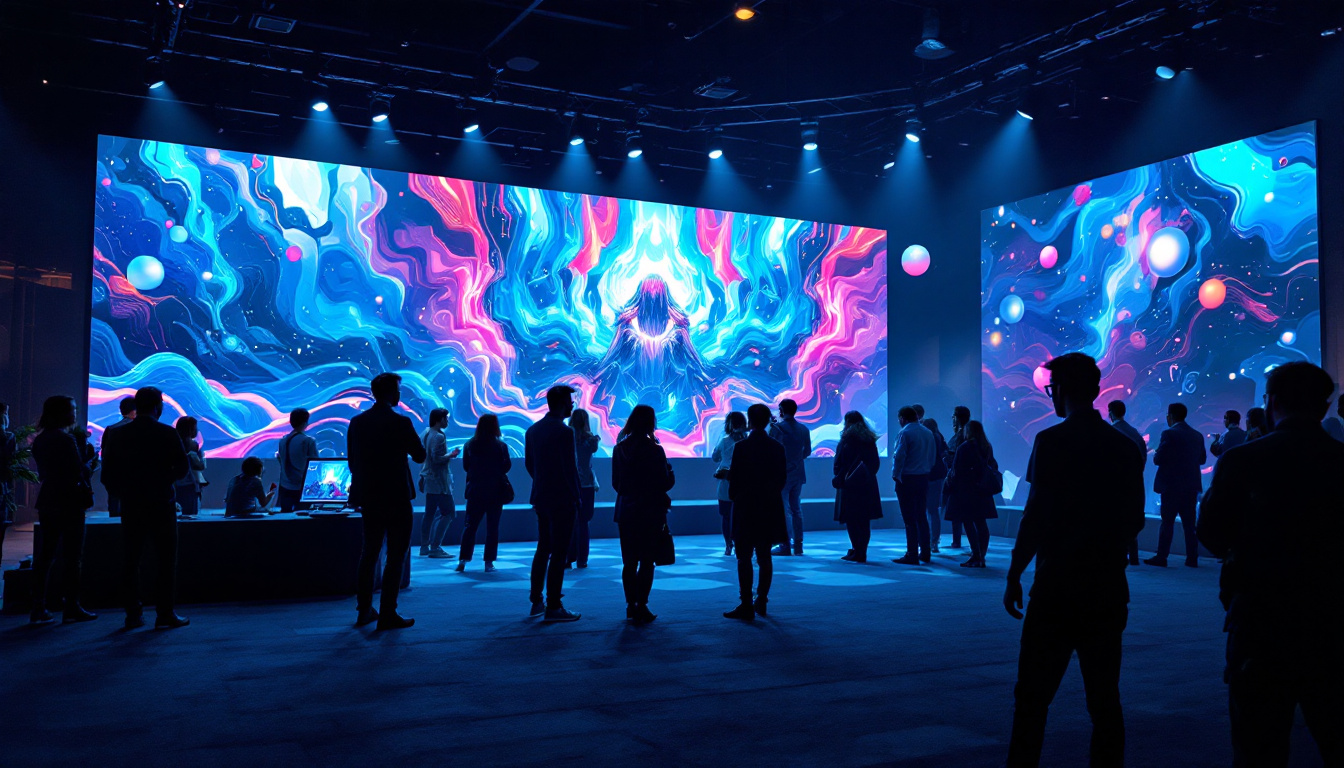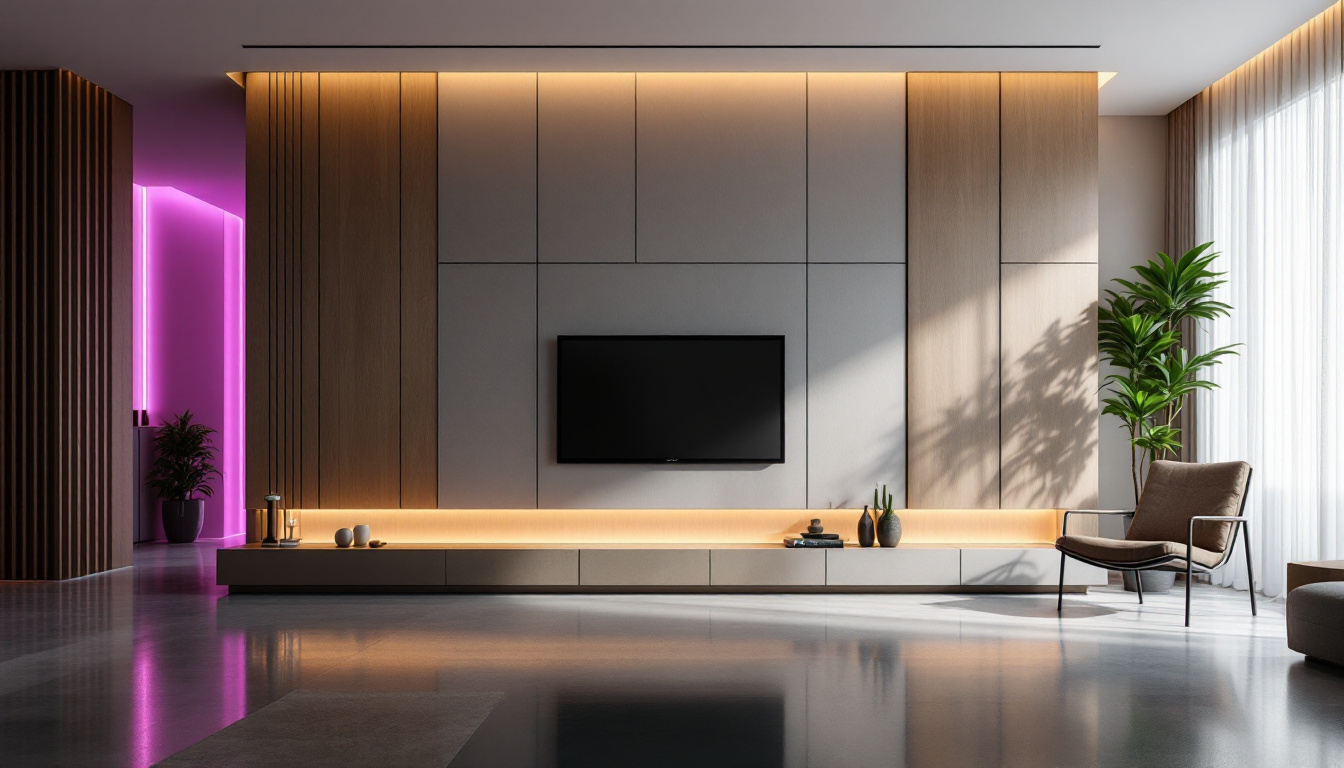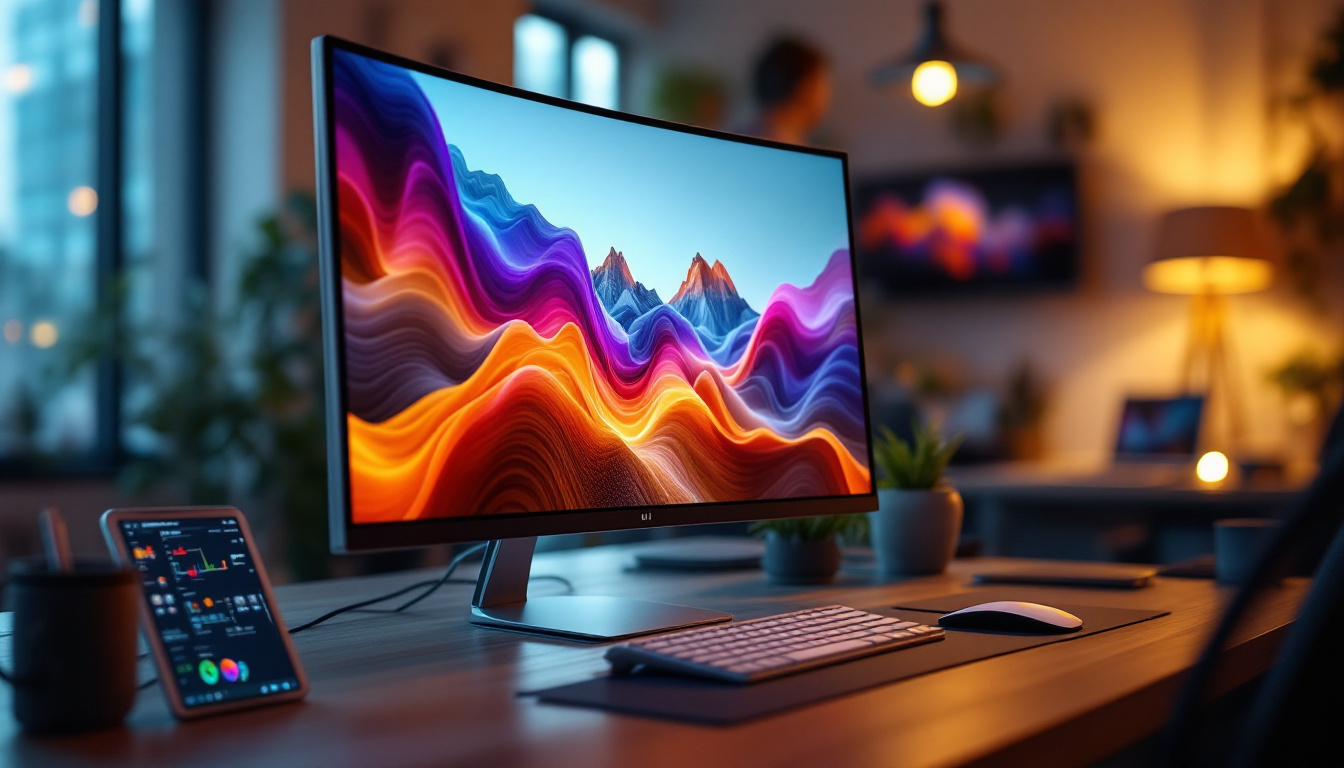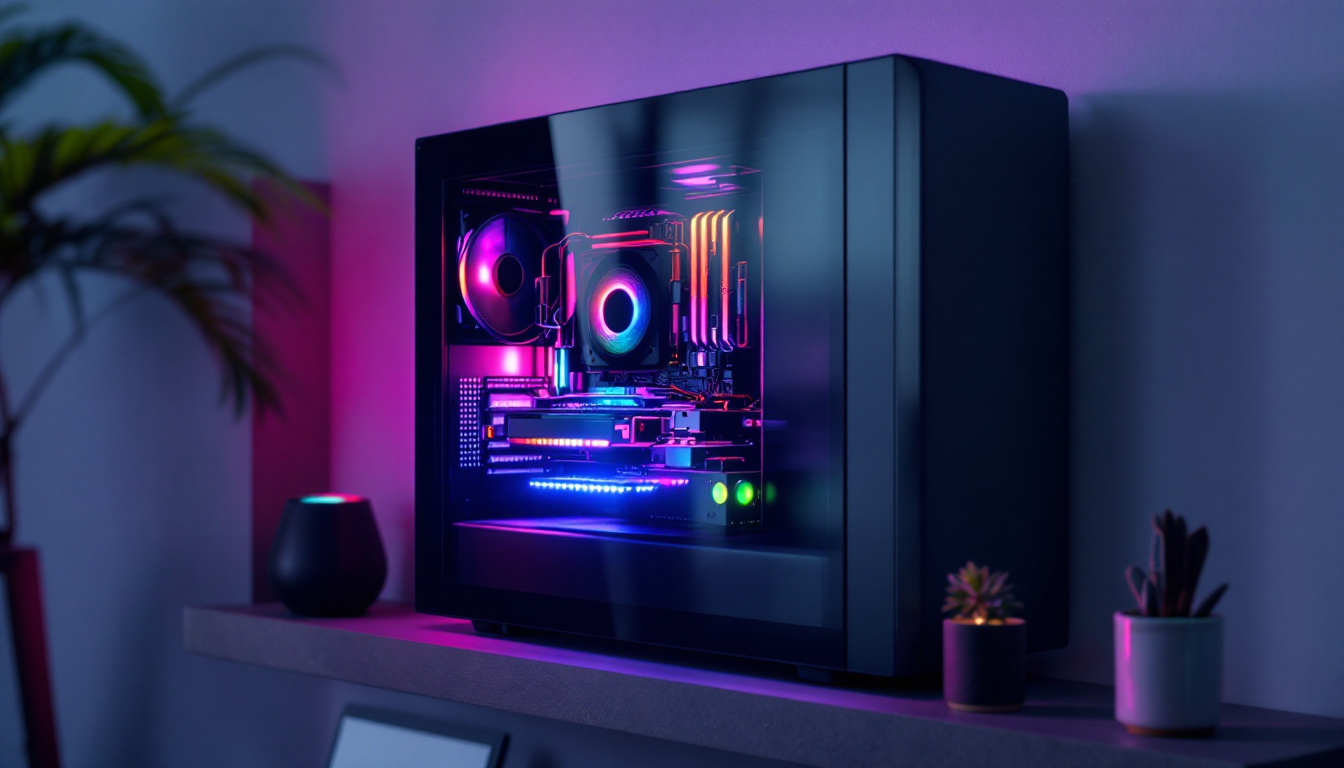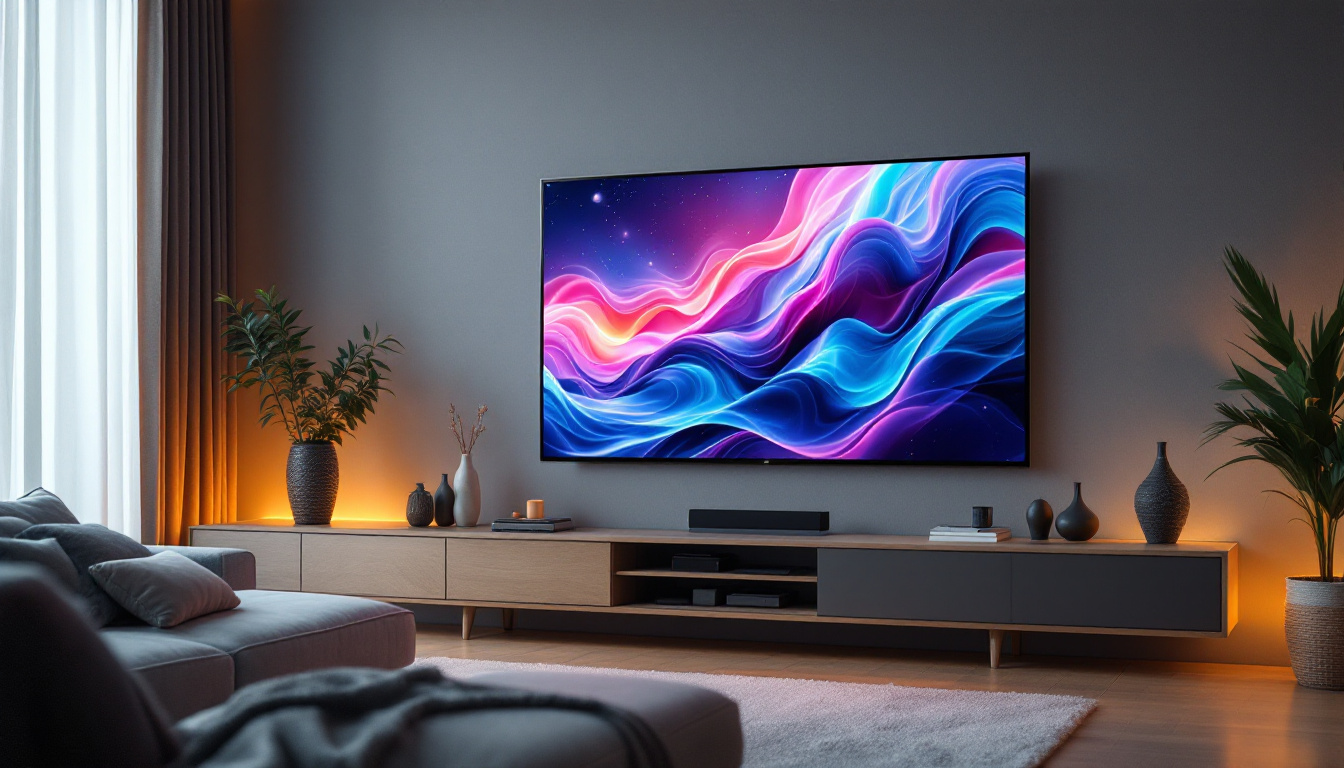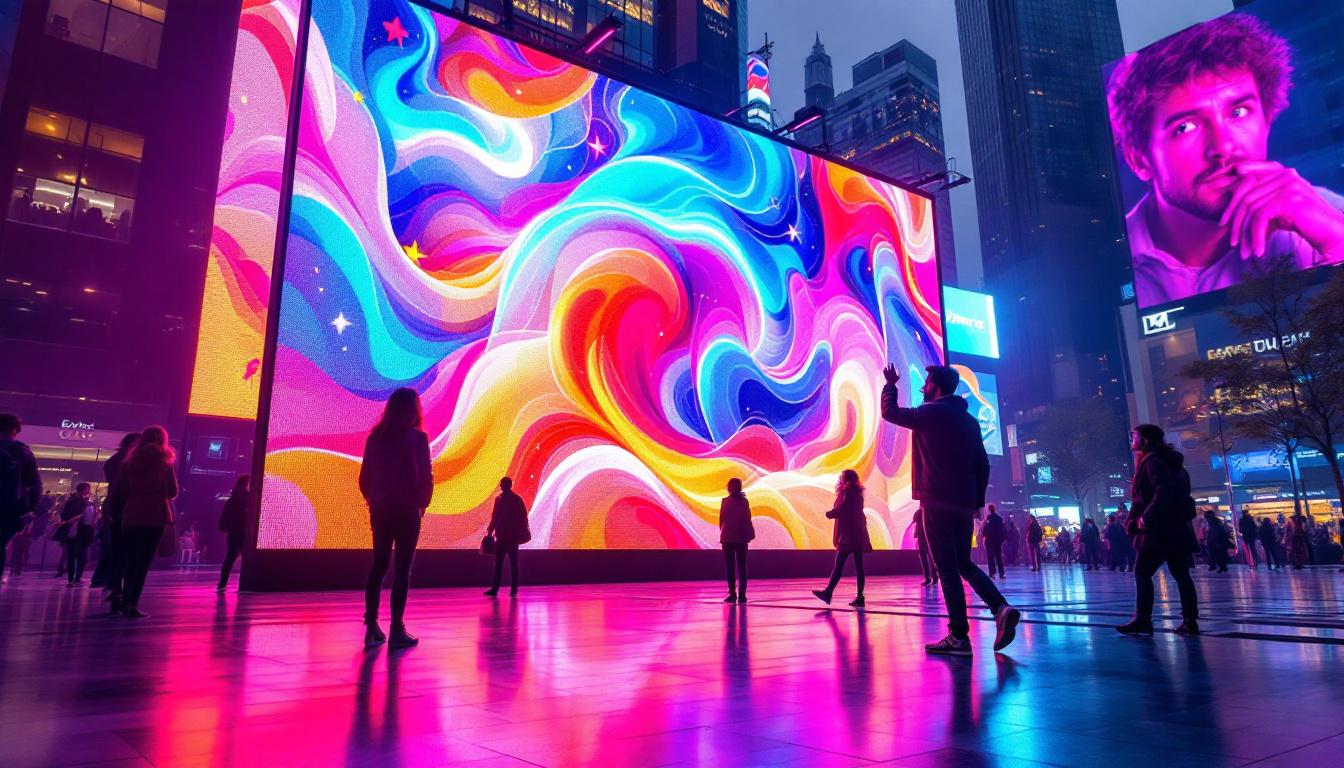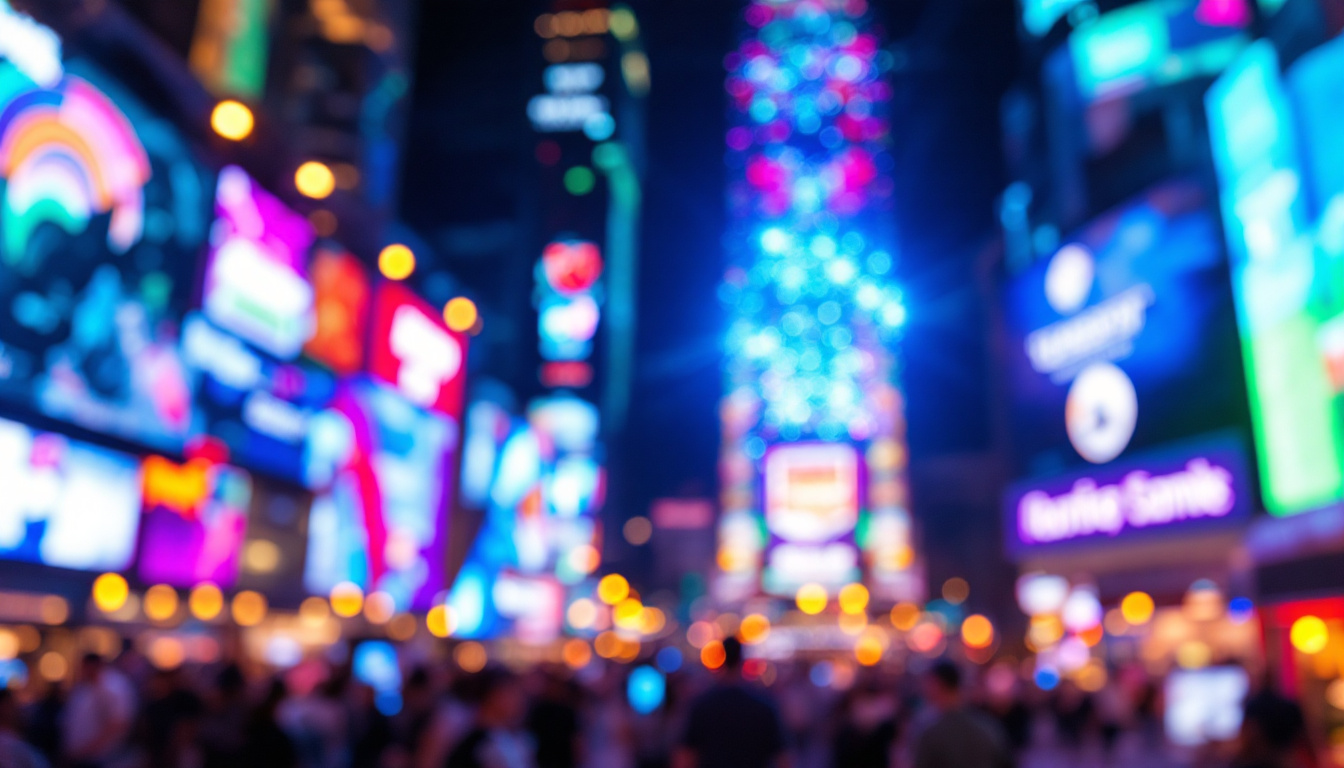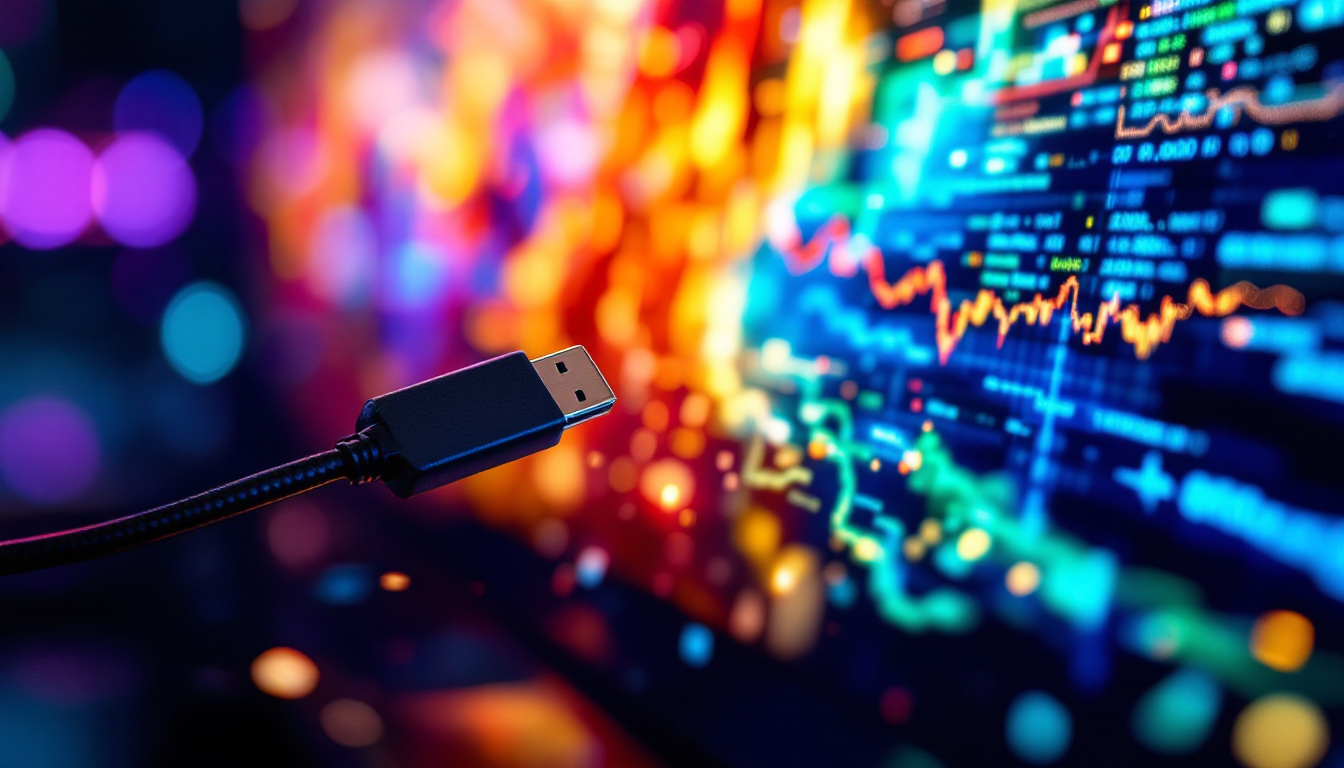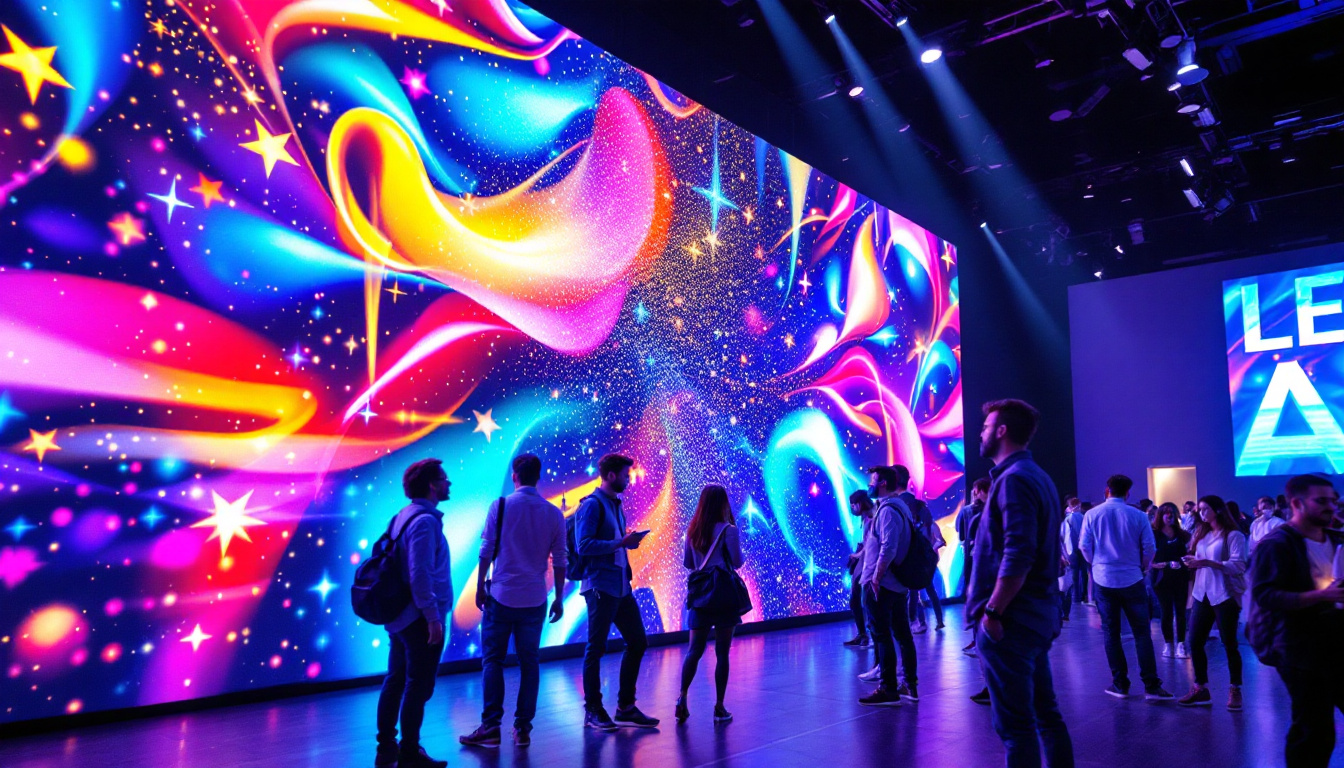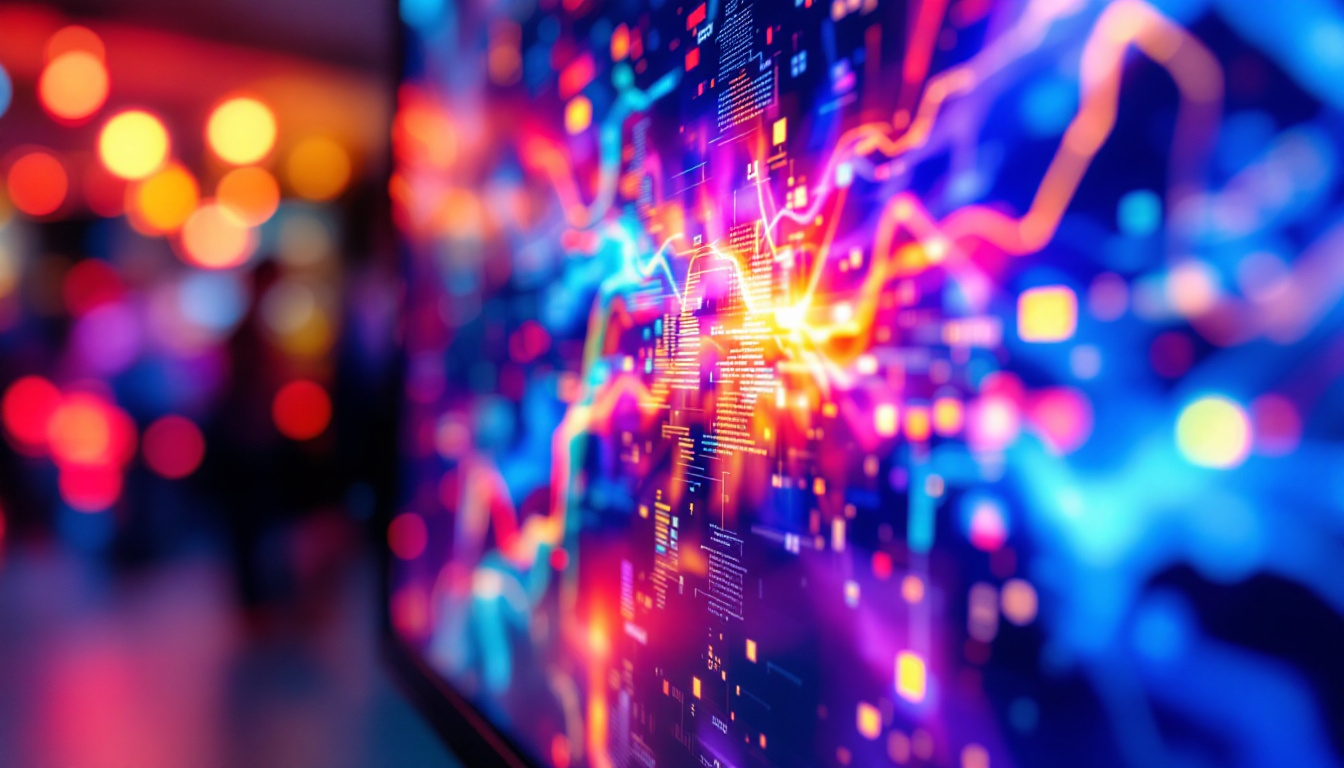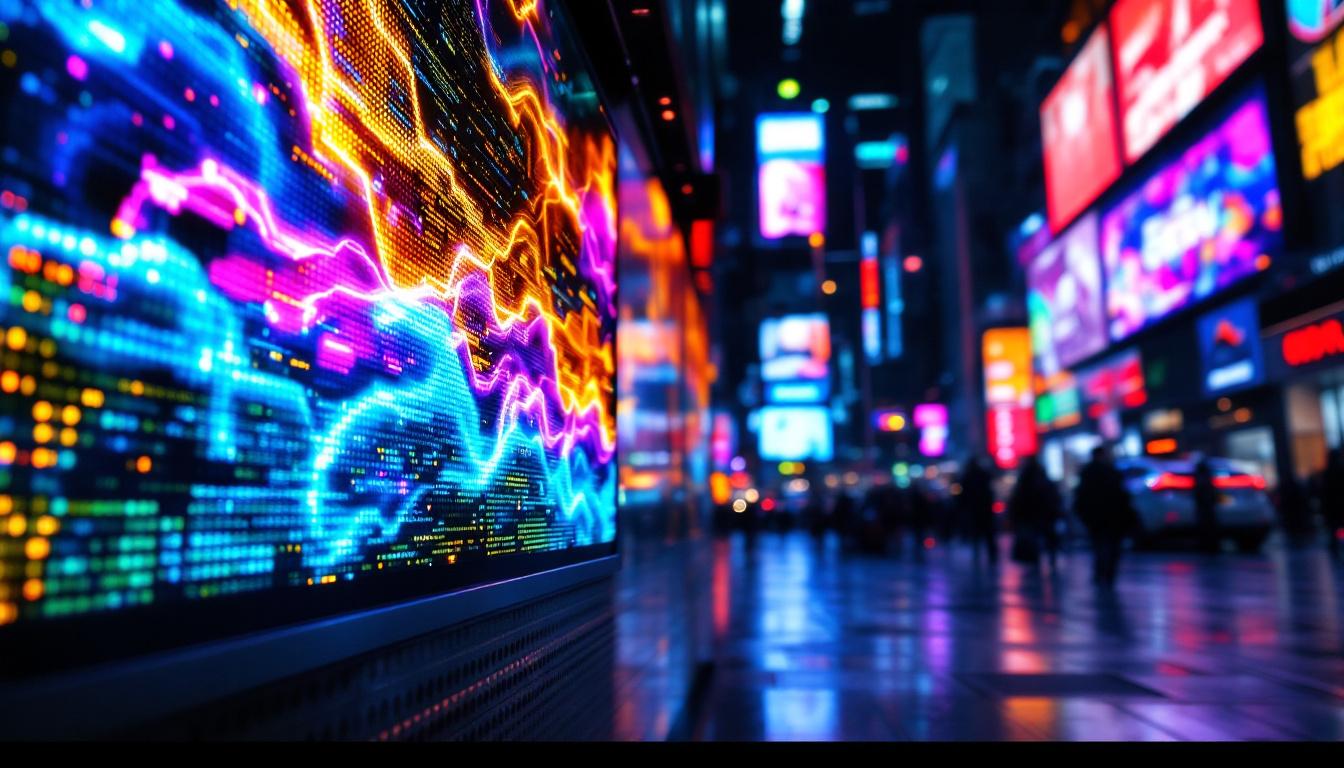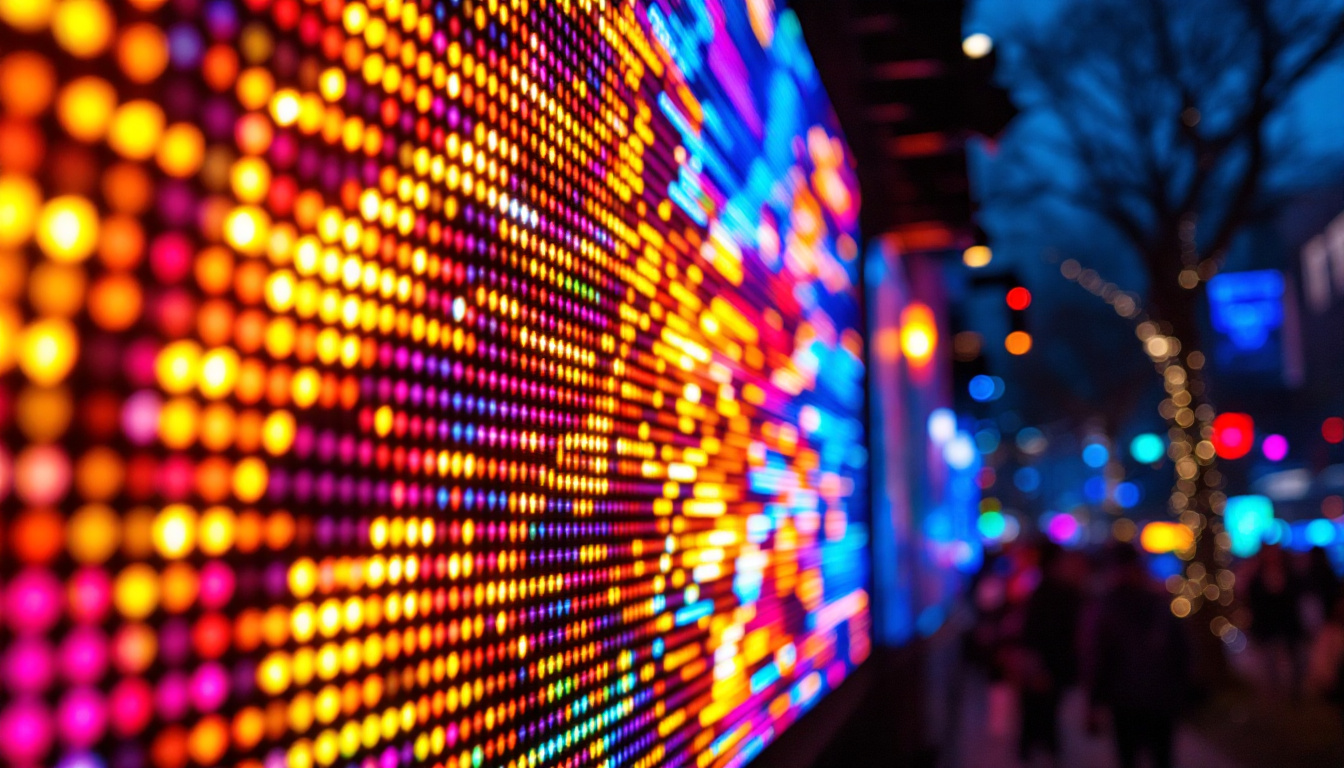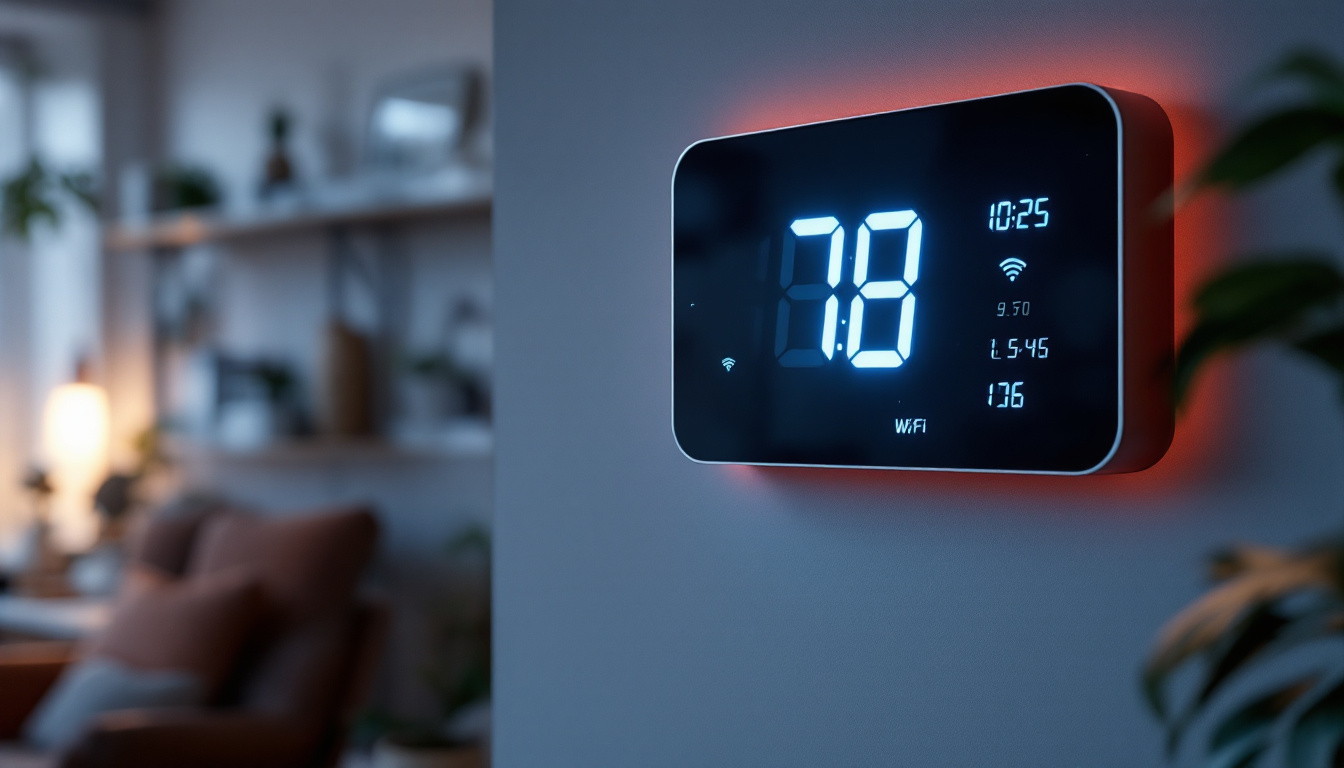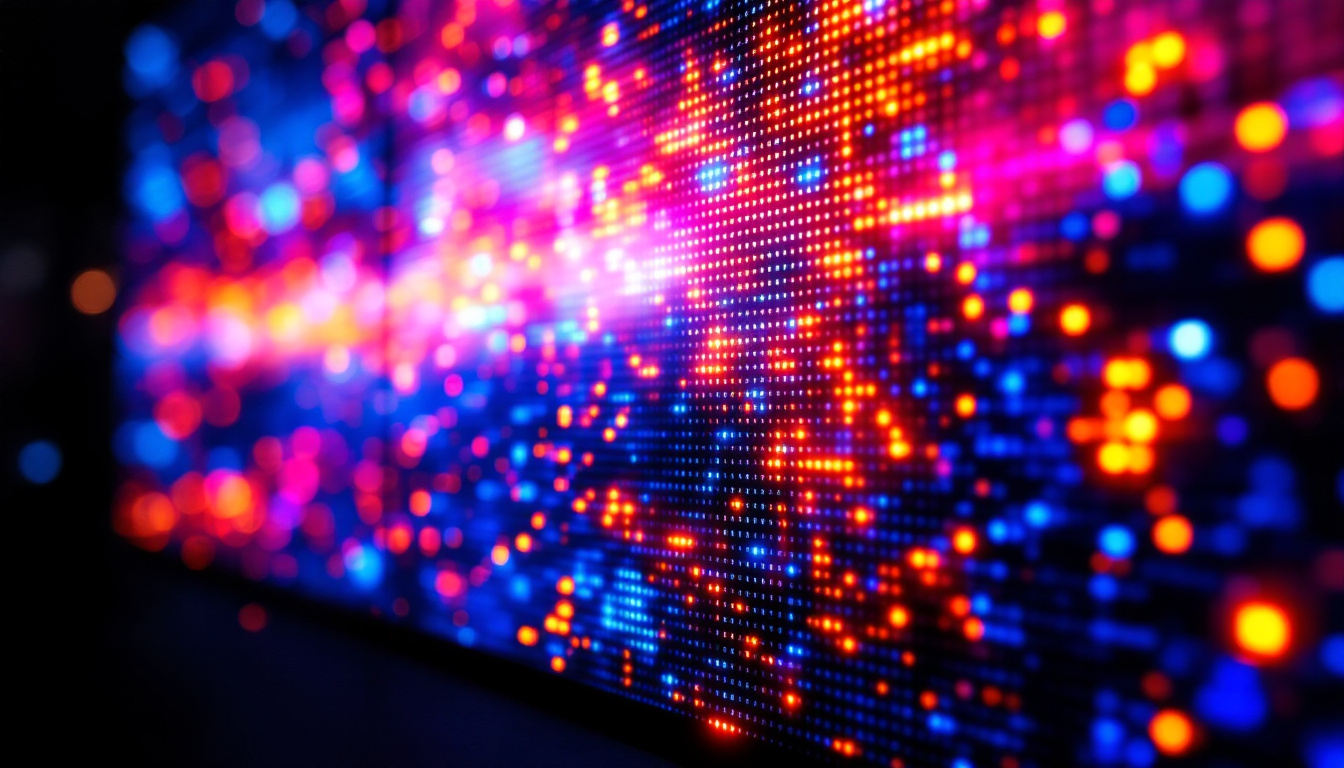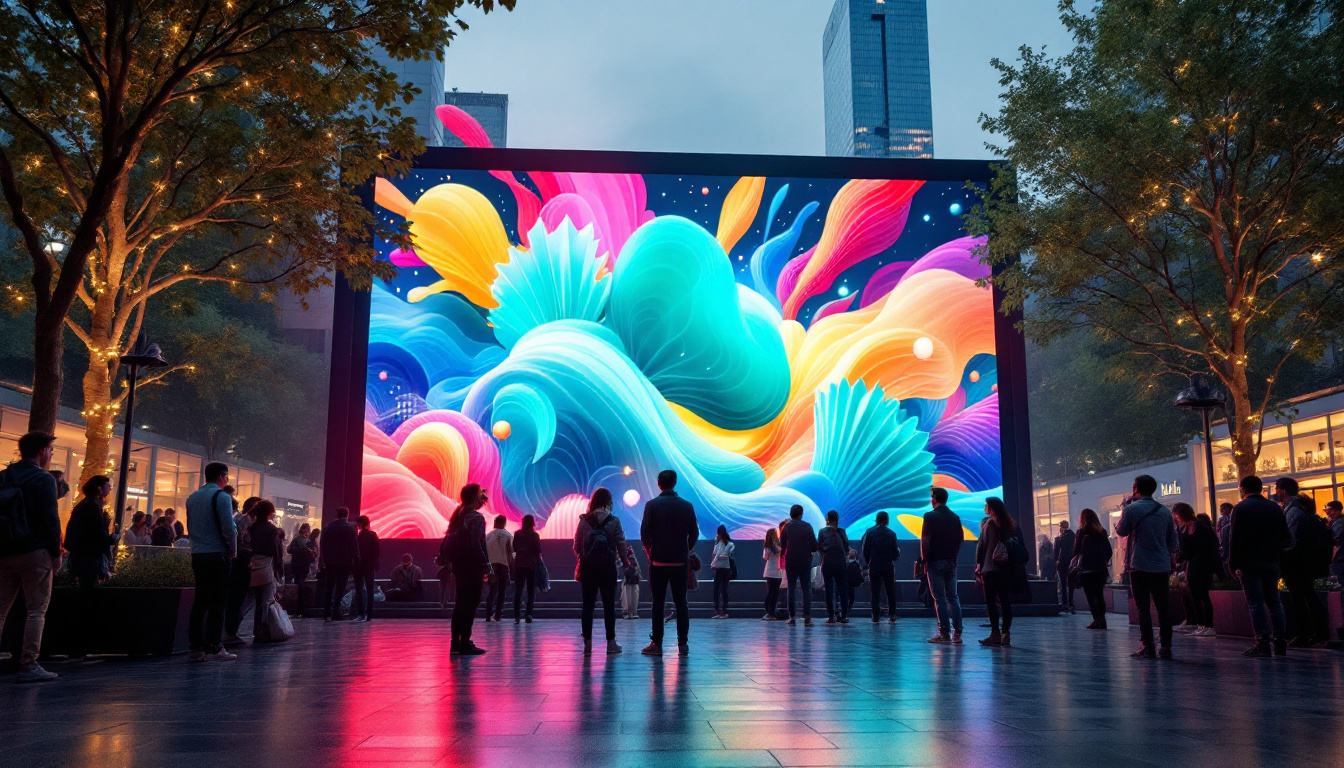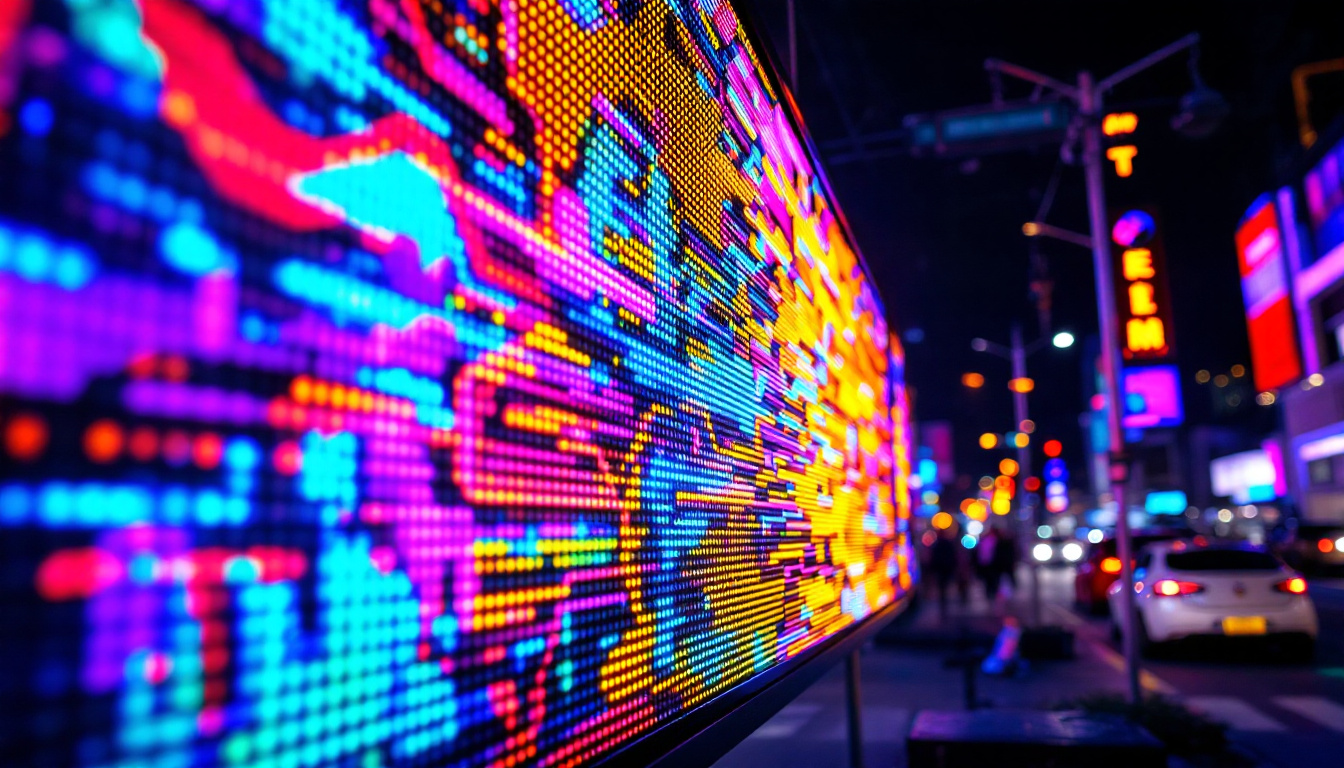In the realm of modern advertising and information dissemination, LED displays have emerged as a revolutionary tool. They are not just visually striking; they also offer a range of functionalities that make them ideal for various applications. This article delves into the intricacies of LED displays, exploring their technology, benefits, applications, and future trends.
Understanding LED Technology
LED, or Light Emitting Diode, technology has transformed the way visual content is presented. Unlike traditional display methods, LED displays utilize a series of diodes to emit light, creating vibrant and dynamic visuals. This section will break down the fundamental aspects of LED technology.
How LED Displays Work
At the core of LED displays is the semiconductor material that emits light when an electric current passes through it. These displays are made up of numerous tiny LEDs arranged in a grid-like pattern. Each pixel consists of red, green, and blue (RGB) diodes, which can be combined in various intensities to produce a wide spectrum of colors.
The brightness and clarity of LED displays are largely due to their ability to emit light directly, as opposed to relying on a backlight like traditional LCD screens. This results in deeper blacks, brighter whites, and overall better contrast ratios. Additionally, LED displays can be configured in various sizes and shapes, making them versatile for different environments. This adaptability is particularly beneficial in settings such as sports arenas, where large screens can enhance the viewing experience, or in art installations, where unique shapes can contribute to the overall aesthetic.
Types of LED Displays
LED displays come in various types, each designed for specific uses. The most common types include:
- Indoor LED Displays: These are typically used in retail environments, conference rooms, and entertainment venues. They offer high resolution and are designed for close viewing.
- Outdoor LED Displays: Built to withstand the elements, outdoor displays are larger and brighter to ensure visibility in daylight. They are commonly used for billboards and large-scale advertisements.
- Transparent LED Displays: These innovative displays allow for visibility through the screen, making them ideal for storefronts and exhibitions while still displaying content.
In addition to these common types, there are also specialized LED displays such as flexible LED screens, which can be bent and shaped to fit unconventional spaces, and high-definition LED displays that provide ultra-clear images for professional broadcasting. The evolution of LED technology has also led to advancements in energy efficiency, with newer models consuming significantly less power than their predecessors while still delivering exceptional performance. This not only reduces operational costs but also aligns with growing environmental concerns, making LED technology a sustainable choice for the future.
Benefits of LED Displays
The advantages of using LED displays are numerous, making them a preferred choice for businesses and organizations looking to enhance their visual communication. Below are some of the most significant benefits.
Energy Efficiency
One of the standout features of LED technology is its energy efficiency. LED displays consume significantly less power compared to traditional display technologies. This not only reduces operational costs but also aligns with sustainability goals, making them an eco-friendly choice. Furthermore, many LED displays are equipped with smart technology that allows for automatic brightness adjustment based on ambient light conditions, further optimizing energy consumption and extending the lifespan of the display.
Longevity and Durability
LED displays are known for their long lifespan, often lasting over 100,000 hours with proper maintenance. This longevity reduces the need for frequent replacements, which can be both costly and inconvenient. Additionally, many LED displays are designed to be robust and resilient, able to withstand harsh weather conditions and heavy use. This durability makes them an excellent investment for outdoor applications, such as billboards and stadium screens, where they are exposed to the elements. The use of high-quality materials and advanced manufacturing techniques ensures that these displays maintain their performance and visual quality over time, even in challenging environments.
High-Quality Visuals
The visual quality of LED displays is unparalleled. With high brightness levels, excellent contrast ratios, and vibrant color reproduction, they can capture attention and convey messages effectively. This makes them particularly suitable for advertising and informational purposes, where visual impact is crucial. Moreover, the ability to display dynamic content, such as videos and animations, allows businesses to engage their audience in a more interactive way. The flexibility in content management means that messages can be updated in real-time, ensuring that the information displayed is always relevant and timely. This capability is especially beneficial for events, promotions, and emergency announcements, where quick communication is essential.
Applications of LED Displays
LED displays have found applications across various industries, each leveraging their unique capabilities for enhanced communication and engagement. Here are some key sectors where LED displays are making a significant impact.
Advertising and Marketing
In the advertising world, LED displays are a game-changer. They allow brands to showcase dynamic content that can be updated in real-time, making it easier to engage with target audiences. From digital billboards to interactive displays in retail environments, the versatility of LED technology enables businesses to create captivating advertising experiences. The ability to display high-resolution images and videos ensures that advertisements are not only eye-catching but also convey messages effectively. Moreover, the integration of sensors and analytics can help advertisers tailor content based on audience demographics and behaviors, maximizing the impact of their campaigns.
Events and Entertainment
LED displays are a staple in the events and entertainment industry. Concerts, festivals, and sports events utilize large-scale LED screens to enhance the audience experience. These displays can show live feeds, graphics, and animations, creating an immersive atmosphere that keeps attendees engaged. Beyond just visuals, LED technology can synchronize with sound systems to create a cohesive audio-visual experience, amplifying the emotional impact of performances. Additionally, the flexibility of LED panels allows for creative stage designs, enabling event organizers to transform venues into stunning visual spectacles that resonate with audiences long after the event concludes.
Transportation and Wayfinding
In transportation hubs such as airports and train stations, LED displays serve a critical role in wayfinding and information dissemination. They provide real-time updates on schedules, delays, and other important announcements, ensuring that travelers are well-informed. Their visibility and clarity make them ideal for high-traffic areas. Furthermore, LED displays can be programmed to offer multilingual support, catering to diverse passenger demographics and enhancing the overall travel experience. The integration of touch-screen technology in some displays also allows travelers to access additional information, such as maps and service options, directly at their fingertips, making navigation through complex transit systems much more manageable.
Future Trends in LED Display Technology
The LED display industry is continually evolving, with advancements in technology paving the way for new possibilities. Here are some trends to watch in the coming years.
Smart LED Displays
The integration of smart technology into LED displays is on the rise. These displays can connect to the internet, allowing for remote management and real-time content updates. Smart LED displays can also utilize sensors to adjust brightness based on ambient light, optimizing energy consumption and visual performance.
Flexible and Curved LED Displays
As design aesthetics become increasingly important, flexible and curved LED displays are gaining traction. These displays can be shaped to fit unique spaces and architectural designs, offering new creative possibilities for advertisers and designers alike. Their adaptability makes them suitable for both indoor and outdoor applications.
Enhanced Interactivity
Interactive LED displays are set to revolutionize user engagement. By incorporating touch technology and augmented reality, these displays can create immersive experiences that encourage audience participation. This trend is particularly prominent in retail environments, where brands seek to create memorable shopping experiences.
Choosing the Right LED Display
When considering the implementation of an LED display, various factors need to be taken into account to ensure the right choice is made. Understanding the specific needs and environment will guide the selection process.
Resolution and Pixel Pitch
The resolution of an LED display is crucial for determining the quality of the visuals. Pixel pitch, which refers to the distance between the center of one pixel to the center of the adjacent pixel, plays a significant role in this. A smaller pixel pitch results in higher resolution and clarity, making it ideal for close viewing environments.
Location and Environment
Where the LED display will be installed significantly influences the type of display needed. Outdoor displays must be weather-resistant and bright enough to be visible in direct sunlight, while indoor displays can focus more on resolution and color accuracy. Understanding the installation environment is key to selecting the appropriate technology.
Content Management System (CMS)
A robust content management system is essential for effectively managing the content displayed on LED screens. A good CMS allows users to easily update and schedule content, ensuring that the display remains relevant and engaging. Choosing a display that is compatible with a user-friendly CMS can greatly enhance operational efficiency.
Conclusion
LED displays have transformed the landscape of visual communication, offering unparalleled benefits in terms of energy efficiency, durability, and visual quality. Their versatility allows for a wide range of applications, from advertising to wayfinding, making them an essential tool for businesses and organizations. As technology continues to evolve, the future of LED displays looks promising, with innovations that will further enhance interactivity and user engagement.
Investing in LED display technology is not just about keeping up with trends; it is about leveraging a powerful medium to communicate effectively and creatively. Whether for marketing, events, or information dissemination, LED displays are poised to play a pivotal role in shaping the future of visual communication.
Discover LumenMatrix LED Display Solutions
As you consider the future of visual communication for your business, LumenMatrix stands ready to elevate your brand’s presence with our comprehensive range of LED display modules. From the immersive Indoor LED Wall Display to the dynamic Outdoor LED Wall Display, and from the versatile Vehicle LED Display to the innovative LED Transparent Display, our solutions are designed to captivate and engage. Embrace the power of cutting-edge technology with LumenMatrix and transform your visual messaging into unforgettable experiences. Check out LumenMatrix LED Display Solutions today and step into the future of digital signage.

